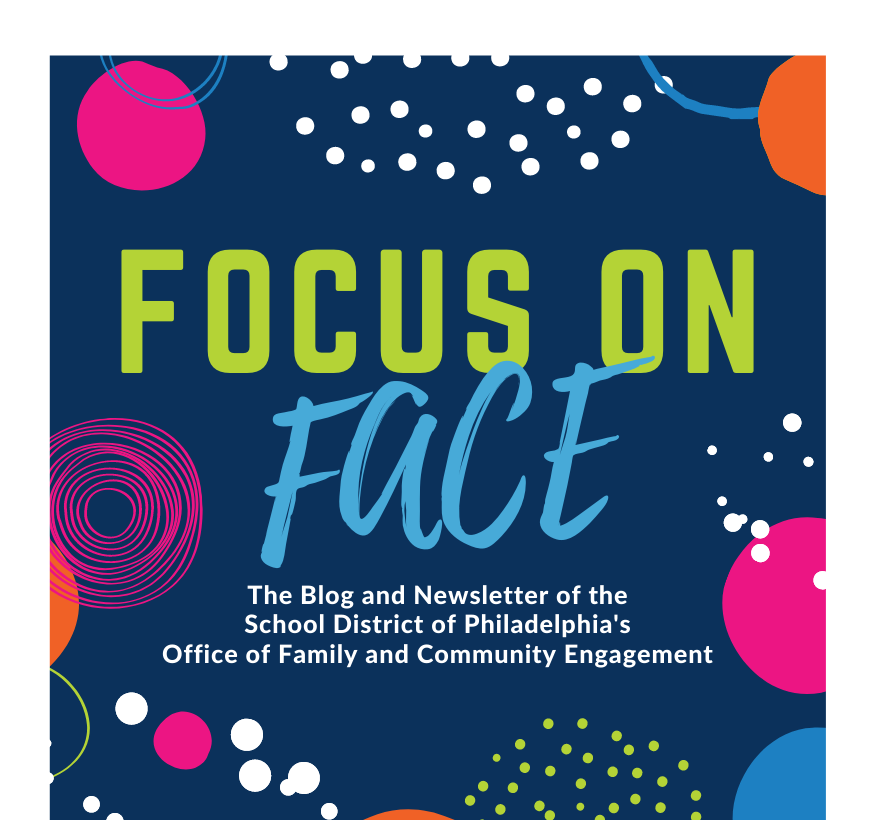Signing forms, talking to teachers, checking up on homework, and registering for school are all part of  helping your child succeed academically. English-speaking parents often grow overwhelmed with the seemingly endless number of small tasks that must be completed for back to school season.
helping your child succeed academically. English-speaking parents often grow overwhelmed with the seemingly endless number of small tasks that must be completed for back to school season.
While being a parent—no matter the circumstances—is difficult, it is important to remember how all of the frustrations of parenthood and back to school preparations are magnified for immigrant, refugee, and multilingual families in the U.S. education system.
Maria Alvarado, a bilingual student at Savannah College of Arts and Design, speaks about growing up with parents who knew almost no English in her article “Bridging the Language Gap.” After explaining her frustrations as a child who had to constantly translate important information to her parents, Alvarado concludes that “the best thing to do is [try] to understand and help them a little.”
While there are endless resources, research studies, and articles written to help teachers and principals engage and empower limited-English proficient families, listening really is the grand takeaway. Having empathy, being patient, leaving behind presumptions, and listening to multilingual families are all simple ways to let them know that they are a vital part of the school community.
In the article “Tips for Connecting With Non-English Speaking Parents,” Anabel Gonzalez says that leaving behind assumptions and having an open mind is key to making multilingual families feel welcome. Finding the right balance between appreciating a culture and making parents feel “different” is very important for preventing families from feeling culturally misunderstood, undervalued, or disrespected.
For instance: holding meetings with a “Mexican theme” when many Spanish speakers have never been to Mexico nor are of Mexican descent can make these families feel like the school made little effort to truly understand where they come from and who they are. Instead of having meetings with “ethnic” food or music in an attempt to make families feel welcome, consider focusing on what accommodations can be made at meetings to help families obtain important information about their child’s school in an easy and effective way.
There are a multitude of ways schools can help multilingual families feel included in the school community by using technology and creativity to assure that they do not feel confused or overwhelmed as a result of language barriers. According to an article from ptotoday.com, asking multilingual families what form of translation they prefer during meetings is one way to ensure that they stay informed, as well as to show them that you care about their role in the community. Studies show that some parents prefer using headsets that immediately translate what a speaker is saying to a large group, while others say that a live person is much easier to understand.
To some, having the interpreter speak to the entire group makes non-English speakers feel included, and less likely to feel isolated. However, some families say that they prefer having a small group of non-English speaking parents sit together as someone interprets quietly to them.
The School District of Philadelphia is proud to support its many multilingual families with resources to make sure that all families’ needs are met, no matter the language they speak. Bilingual Counseling Assistants, on-site interpretations at schools and events, and community outreach are some of the support services provided by the Multilingual Family Support Team at the District. While there is always room for improvement, the District wants families from all backgrounds to know that they are welcome, valued, and respected.
Improving communication with multilingual families takes effort, but as a district that celebrates and prides itself on its diversity, we all need to ensure that we are constantly striving to be as inclusive and accessible as possible for families and students who do not speak English as a first language.
What makes multilingual families feel welcome and included? Consider shifting common practices and mindsets:
- Acknowledge cultural and language barriers
- View multilingual families as parents FIRST and “limited-English proficient” speakers second
- Learn more about where families in your school community come from and who they are individually as well.
For more tips and ideas, go to https://www.philasd.org/face/multilingual and visit our “Welcoming Schools” page at https://www.philasd.org/face/family-resources/welcoming-schools/.

